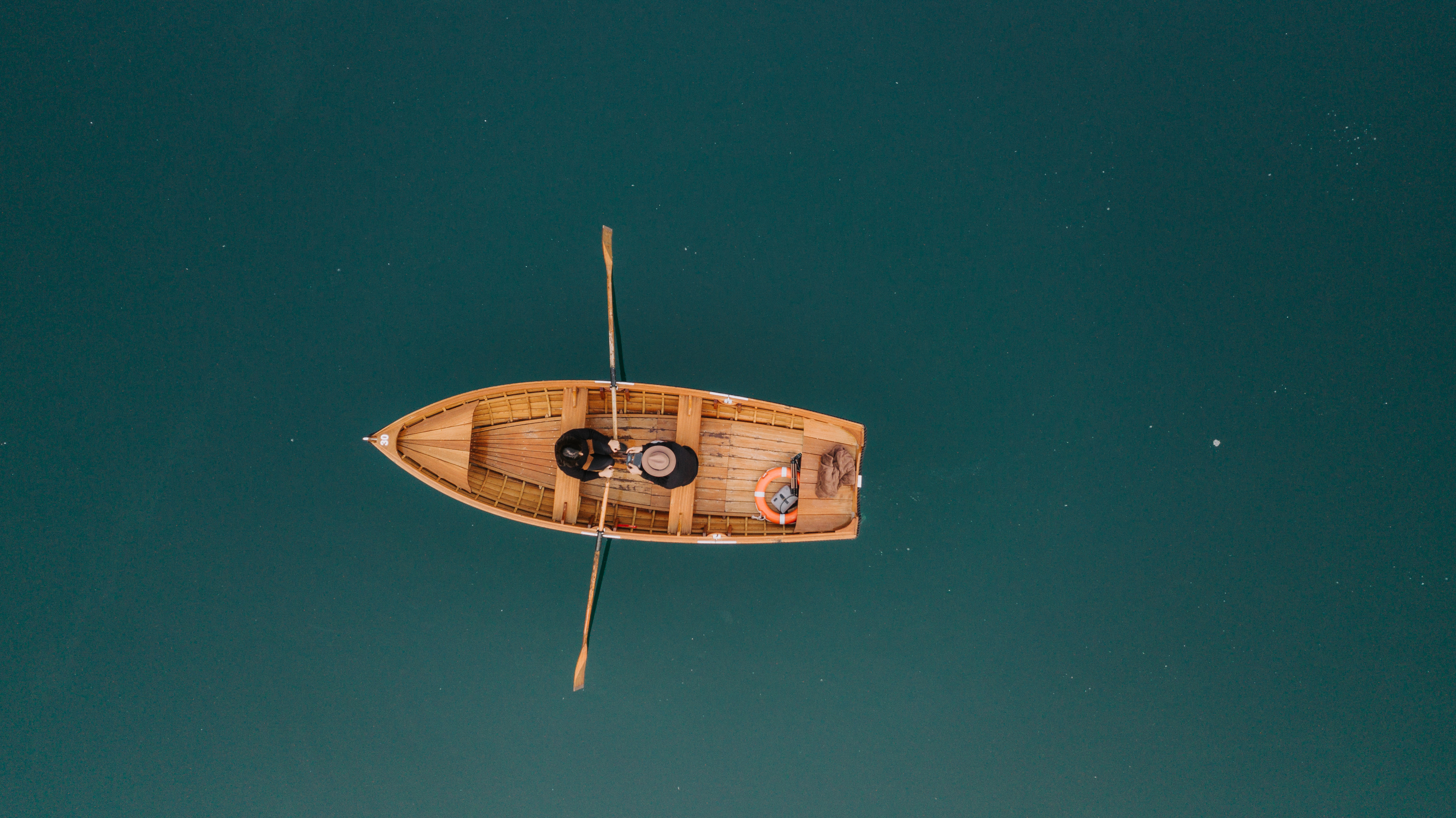

Bear Grylls knows all about exploring the world’s oceans—he’s undertaken many maritime challenges such as a world-record Atlantic crossing in a RIB—and he’s even been made Honorary Colonel of the Royal Marines.
Videos by Outdoors with Bear Grylls
He often talks about how safe drinking water is one of the priorities of survival—higher than finding food—and the irony that survivors of sea disasters face, when they are surrounded by sea water and have nothing to drink.
“What looks like an ocean of plenty is in practical terms a parched desert,” he says in Born Survivor. “It may require an iron will, but avoid drinking sea water at all costs.”
The reason sea water is toxic to humans is that the salt content is three times higher than in the blood, so drinking it can lead to kidney failure within days. So what are the options for water you can drink? Bear’s got a few.

Rule #1: Conserve, conserve, conserve
Bear cautions that in this situation, you must treat every drop of drinkable water like gold.
“Use every container you have to collect water, even if it is only a rubbish bag, and keep them well sealed and attached to the raft,” he says.
If you think you are about to be rescued, don’t celebrate by going on a “water binge.” Wait until you are actually aboard the rescue vessel, as sometimes rescuers can’t see you or lose track of you, so you may have more days at sea before you’re rescued.
Collect rainwater
The secret to collecting rainwater is preparation. Keep a lookout for cloud changes in the sky, and spread whatever you have—a sheet, tarp or canvas, into a bowl shape over the maximum surface area. Make sure it’s in place overnight.
“It will be very hard to set up in a hurry in the dark, and rain often brings with it wind and an increased swell, which will make it harder still,” says Bear in Born Survivor.
Even if the tarp does not collect a lot of rainwater, you can collect dew in the morning at sea, so leave the tarp out.
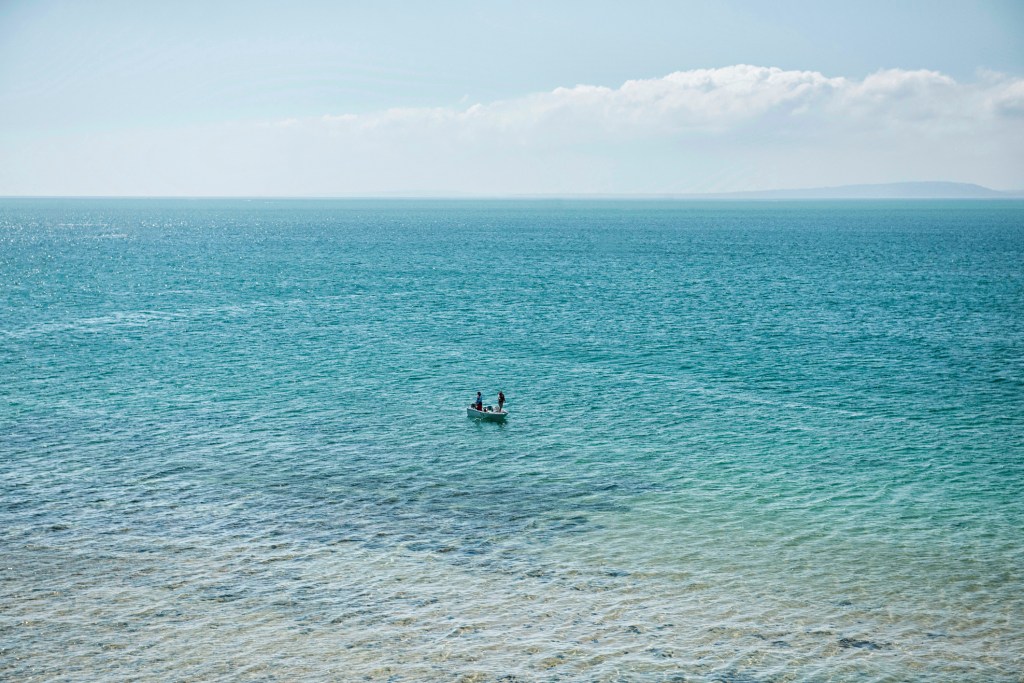
Use a solar still
If you’re in a life raft, you may have a solar still. These are usually inflatable and round-shaped and only work on flat, calm waters. As the styles can vary, read the instructions and start setting it up as soon as possible.
They all work in a similar manner: Water droplets evaporate from a black cloth heated in the sun. The droplets then condense on the edges of the still and collect into a reservoir. The stills produce around a half liter of water a day at most so are a good backup for drinking water if rain is fleeting or nonexistent.
If you have the materials, you can make your own still. Put a weighted-down cup in the bottom of a larger container and surround it with any absorbent material you have to hand. Then put about an inch of seawater into the larger container and cover it with a sheet of plastic weighted in the center, so that it makes a funnel shape. If you leave this in sunlight, seawater will condense and fresh water will drop into the cup.
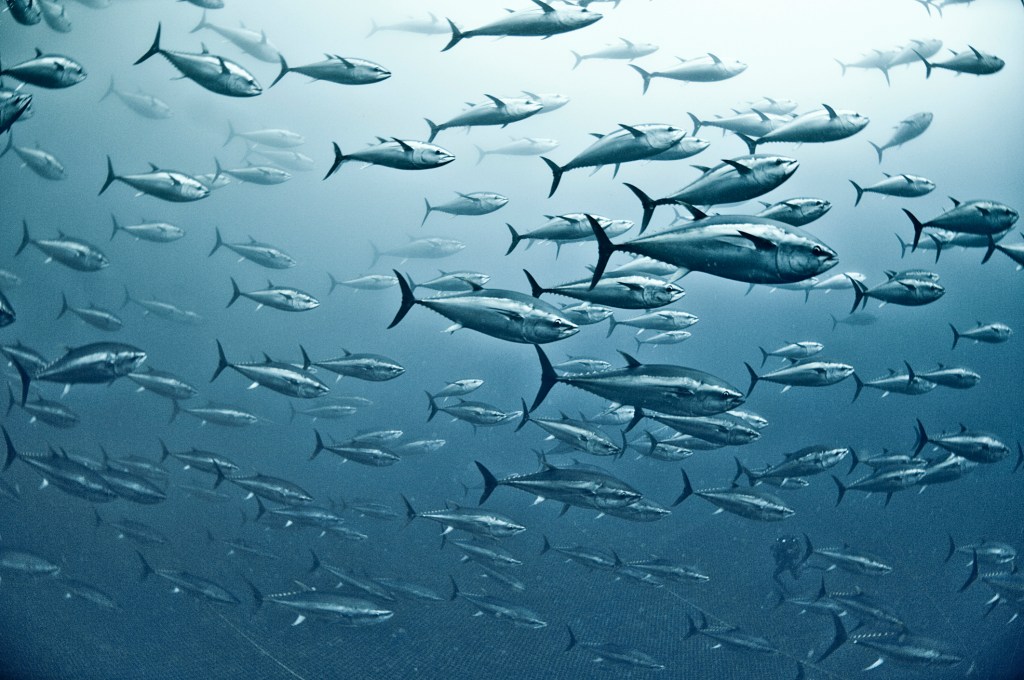
Use a reverse osmosis pump
These are also useful for giving fresh water if you have access to one in your raft. They work by pumping sea water at a high pressure through a membrane to filter out salt.
Go fishing
“Fish contain a useful source of fluid in their spines and eyes,” says Bear. “For the eyes, I always try to swallow them whole so I don’t have to taste what’s inside!” He also says you can drink fish blood. Drink immediately before it goes bad.
Try a rehydration enema
Although this sounds pretty challenging (not to mention unappealing), in a survival situation, a rehydration enema can be an effective way to rehydrate the body if you cannot purify water, as the rectum is designed to absorb fluid.
“This technique was used to great effect by Dougal and Lynn Robertson, who with their three sons and the son of some friends, were cast adrift in a raft when their schooner was attacked and sunk by a killer whale west of the Galapagos Islands in 1972,” says Bear, who has demonstrated the technique himself on TV from a raft in the Pacific.
To make the enema, lubricate a hose or tube with fish oil or fat. Insert it about a maximum of four inches. Pour in about half a liter of the water and stay lying down for 10 minutes. Repeat twice a day.
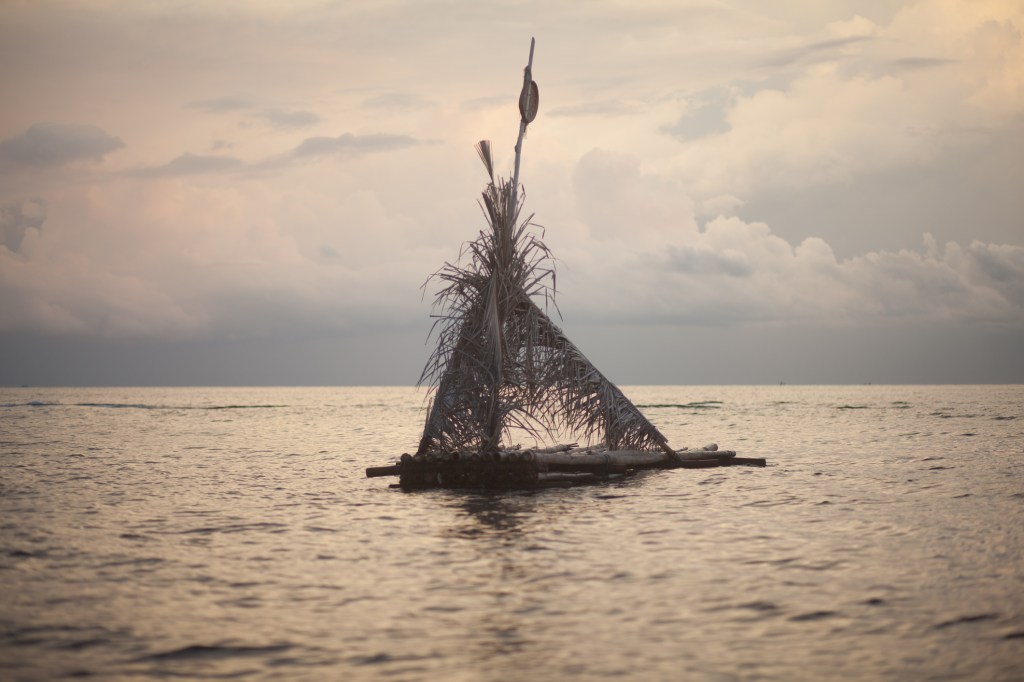
Image by Marius Hepp / EyeEm


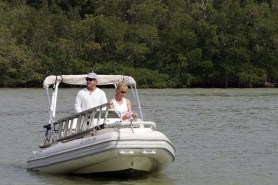


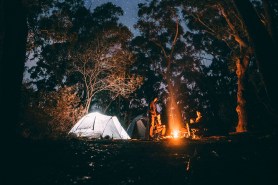
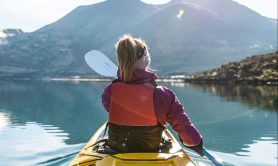

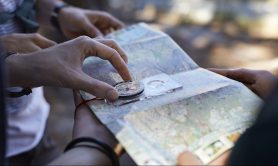

I’m fairly certain he finds it in the fridge behind some chilled champagne…you do realize that Bear Grylls has almost no credibility after the revelation that his “survival” was staged and he had to “survive” in hotels with as few stars as three. You may as well give us a real story instead of a fake story about a faker.
How did this devolve into putting things up your bum so fast